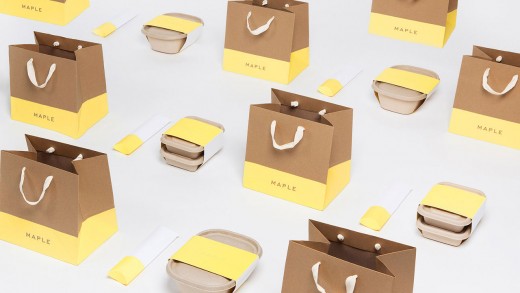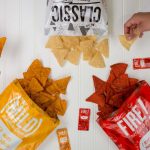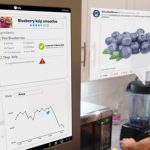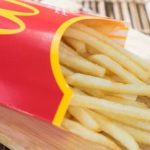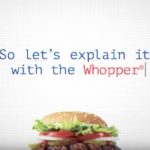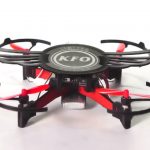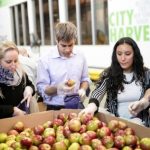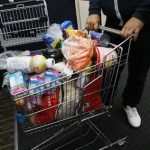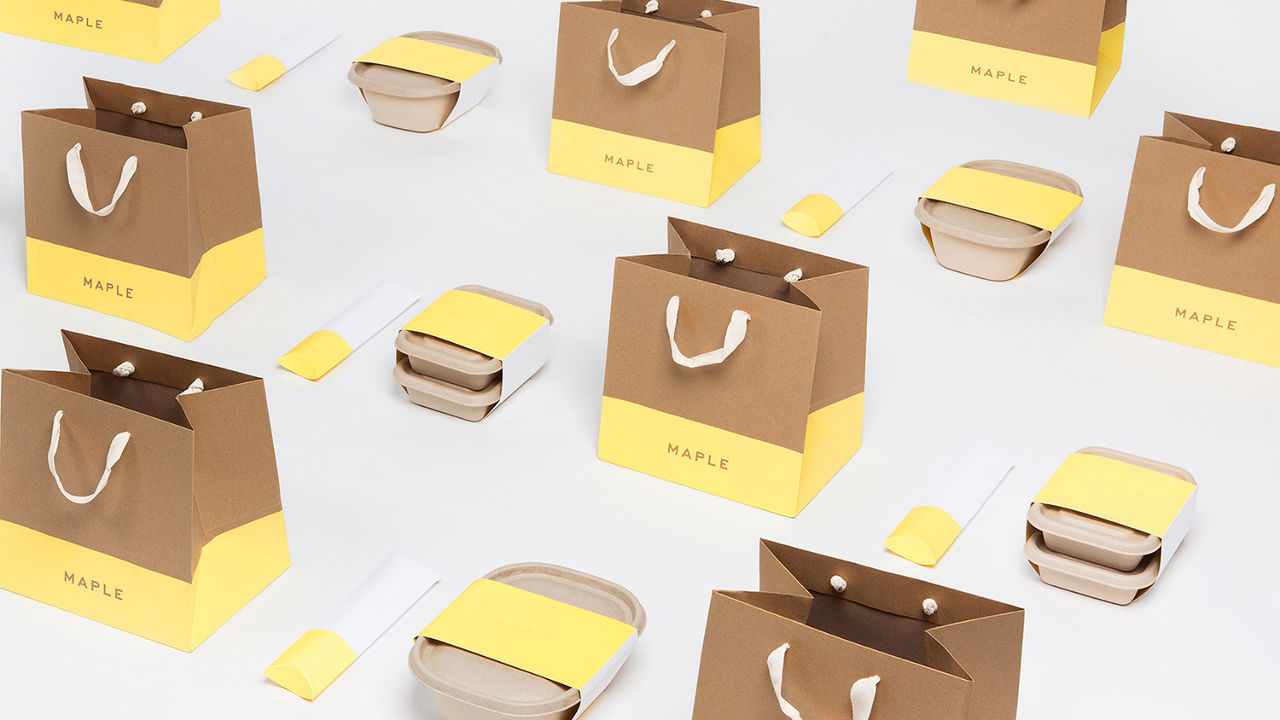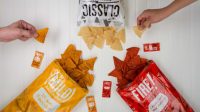How Maple built An Insanely efficient, Chipotle-Crushing food supply computing device
Maple, a David Chang-backed restaurant in NY city, doesn’t have any tables, money registers, or waiters. instead, its consumers order meals through its site or cell app, and a fleet of bike couriers deliver them. via disposing of the eating room and bringing ingredients to you, Maple is betting that it can promote extra foods per hour, using much less actual property, than a standard restaurant.
the current gold same old for zipping purchasers through a lunch line (what the industry calls “throughput”) is Chipotle. consistent with its 2014 annual document, Chipotle manages to serve 300 foods per hour—a transaction every 12 seconds—at its highest-performing locations, and the chain is so obsessive about its productivity that it assigns workers effectivity roles with names like “linebacker.”
When Maple launched its first vicinity in April, it served around 50 ingredients per hour at top times. lower than a year later, on moderate it’s now serving 800 foods per hour from each and every of its four kitchens. just a few days earlier than I visited in February, it had set a brand new document: 1,100 ingredients cooked and delivered in one hour.
a few of Maple’s insane development in meal-per-hour productiveness will also be chalked up to increasing demand—extra people learn about Maple now than did all over the first week after it launched—however the firm has also invested heavily in know-how in hopes of beating the efficiency of brick-and-mortar restaurants like Chipotle. whereas most meals-supply corporations use smartphones to attach clients with couriers, Maple owns your complete restaurant and supply machine, which means it may well additionally use cellular tech and knowledge science to optimize its complete workflow.
Coding For The On-Demand food Puzzle
Cooking, assembling, and dispatching meals on demand, at scale, is a sophisticated logistics puzzle. extra namely, it is a “stochastic open capacitated vehicle routing downside with gentle time windows and a couple of journeys,” in keeping with Maple’s CTO, Dan Cowgill. In layman’s terms, that means that Maple faces a math downside of plotting delivery routes effectively, like a supply company, combined with the issue of only being able to raise so many foods per shuttle, mixed with the issue of a customer no longer showing as much as obtain a delivered meal each from time to time. All of which is made extra difficult with the aid of a perishable product prepared on demand, and the possible that delivery folks might return to a distinct Maple kitchen than the one at which they picked up their closing order.
When Maple started, it based totally its kitchen know-how on existing restaurant process. Its kitchen working gadget situated on an app with a drag-and-drop interface that moved orders from “cooking,” “plating,” and “able to be bundled for supply” standing, very like a paper ticket that moves down a prepare dinner line at a diner. but, says Maple cofounder and COO Akshay Navle, “It used to be a complete waste of time to have the prepare dinner do the rest instead of cooking.” Now, there’s a separate app that presentations cooks the expected demand for orders (the usage of simple computer learning techniques that base forecasts on prior efficiency and menu mix), some other that helps workers who plate dishes maintain the device updated on the selection of accomplished ingredients on hand, and a third that displays staff who bundle orders for delivery what to percent wherein courier’s luggage. nobody needs to pull and drop.
inside this app ecosystem, the “bundling algorithm” is the trickiest to get proper. Dividing delivery orders between couriers entails plotting out their most efficient route and balancing elements like wait instances at each and every constructing. Orders going to the identical constructing must clearly be packed together, but how lengthy can a courier wait at the kitchen for any other order on the similar deal with earlier than missing the time at which Maple had promised to deliver? Which constructions must be on the same route?
firstly, Navle spent rush hours grouping Maple orders for delivery at his laptop screen. In mid-February, Maple switched to an computerized gadget that Cowgill built. It takes into consideration how many riders are in each kitchen, how briskly cooks are at making each and every menu item, what demand looks like historically for a day like nowadays, hundreds of promised ETAs, the average to and return time for the ultimate a hundred runs to a specific constructing, and the rest constructing-specific (freight elevators, doorman, and so forth.) that may have an effect on delivery instances. Now, not simplest is Maple turning into more efficient with rising demand, which means that it could actually extra frequently send multiple deliveries to the same addresses at once, however it can be smarter in regards to the routes its couriers take.
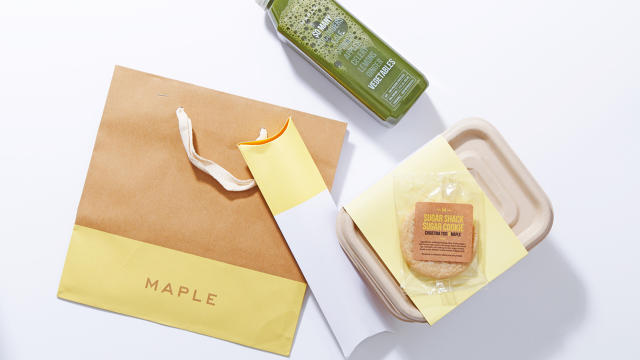
The trade objectives in the back of Beating The Burrito Line
Maple’s kitchens, round 3,000 square feet each and every, aren’t much greater than Chipotle’s retailers, which reasonable 2,500 square toes. They’re each and every staffed with about 20 individuals, whereas Chipotle retailers on moderate run with a crew of 24, plus managers. with no need for foot site visitors, Maple avoids paying a premium for high retail locations. however Maple hires an additional 50 bike couriers per kitchen—a major rate.
That fee, however, makes extra experience if every Maple kitchen can cover a much better house than a Chipotle place. “Chipotle has something like 40 locations below significant Park,” says Maple CEO Caleb Merkl. “we’ll be capable to service that same meal volume by way of best wanting to build 5 to seven areas.” however the area each Maple kitchen can duvet is limited by means of what number of ingredients it could possibly produce and deliver per hour.
That’s why persevering with to put money into know-how that may squeeze every ultimate little bit of effectivity out of its modest area and crew is essential. Maple recently introduced, for example, ordering windows that serve a twin purpose of permitting clients to time table their lunch supply at sure instances and, one day, helping to regulate demand. The app might, for example, enable individuals in a constructing where deliveries are already scheduled to order lunch, whereas telling a purchaser in an deal with not already scheduled in a route that lunch is sold out. Or, it may accept your order for fast supply of a salad, which will also be ready in minutes and can join a go back and forth to your address that’s virtually prepared to leave the kitchen, however tell your coworker who desires to order a rooster breast, which takes longer to prepare dinner, that his order will want to be slotted into the following hour’s shuttle.
With information science and smartphones, potentialities for increasing effectivity appear unending. because it scales, Maple even plans to coordinate its couriers in order that they don’t need to come again to one kitchen to select up orders—they may be able to return to a distinct, nearer hub, or obtain a new order from another courier they’ll pass on the best way.
As Navle says, “We’ve constructed a computing device.”
(21)

